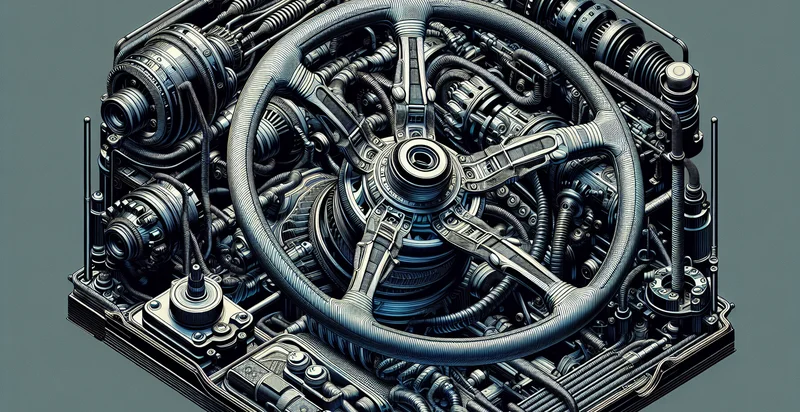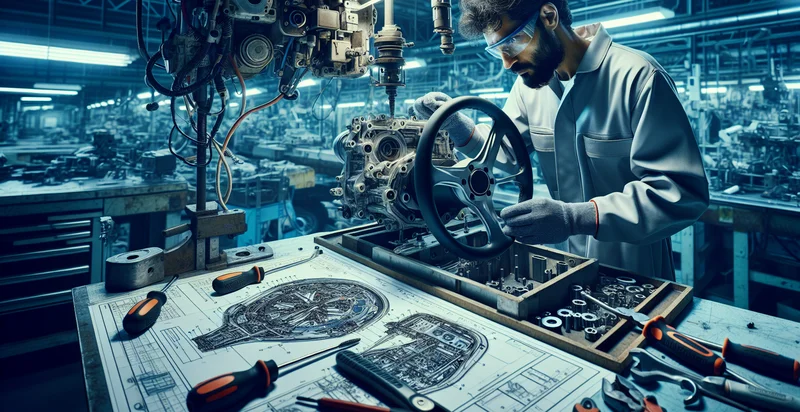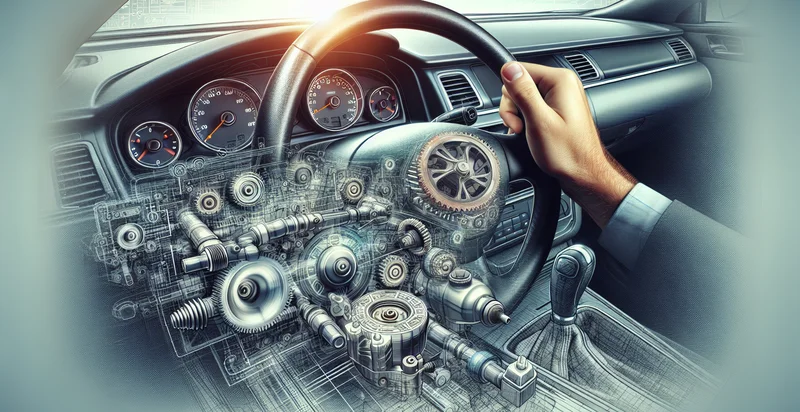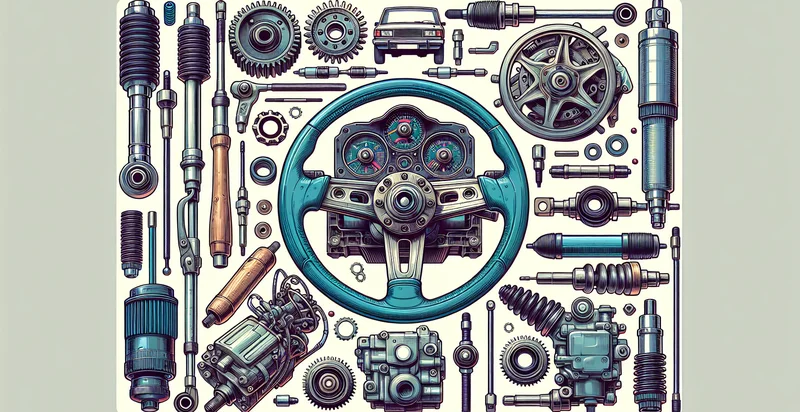Identify steering systems
using AI
Below is a free classifier to identify steering systems. Just upload your image, and our AI will predict what type of steering system it is - in just seconds.

Contact us for API access
Or, use Nyckel to build highly-accurate custom classifiers in just minutes. No PhD required.
Get started
import nyckel
credentials = nyckel.Credentials("YOUR_CLIENT_ID", "YOUR_CLIENT_SECRET")
nyckel.invoke("steering-systems", "your_image_url", credentials)
fetch('https://www.nyckel.com/v1/functions/steering-systems/invoke', {
method: 'POST',
headers: {
'Authorization': 'Bearer ' + 'YOUR_BEARER_TOKEN',
'Content-Type': 'application/json',
},
body: JSON.stringify(
{"data": "your_image_url"}
)
})
.then(response => response.json())
.then(data => console.log(data));
curl -X POST \
-H "Content-Type: application/json" \
-H "Authorization: Bearer YOUR_BEARER_TOKEN" \
-d '{"data": "your_image_url"}' \
https://www.nyckel.com/v1/functions/steering-systems/invoke
How this classifier works
To start, upload your image. Our AI tool will then predict what type of steering system it is.
This pretrained image model uses a Nyckel-created dataset and has 47 labels, including Acura, Aston Martin, Audi, Bmw, Bosch, Buick, Cadillac, Chrysler, Delphi and Denso.
We'll also show a confidence score (the higher the number, the more confident the AI model is around what type of steering system it is).
Whether you're just curious or building steering systems detection into your application, we hope our classifier proves helpful.
Related Classifiers
Need to identify steering systems at scale?
Get API or Zapier access to this classifier for free. It's perfect for:
- Quality Control in Manufacturing: Implement the false image classification function in manufacturing plants to identify defective steering system components during production. By catching errors early, companies can reduce waste, maintain high-quality standards, and improve overall efficiency.
- Product Testing and Validation: Utilize the image classification function to ensure that steering systems meet safety and performance standards before they reach the market. This process can help in identifying design flaws or inconsistencies in component performance, reducing the risk of recalls or failures.
- Repair and Maintenance Operations: Incorporate the classification function into diagnostic tools used by automotive repair shops to quickly identify faulty steering system components. This can streamline the repair process, reduce downtime for vehicles, and enhance customer satisfaction.
- Autonomous Vehicle Systems: Employ the false image classification function in the development of autonomous steering systems. By accurately distinguishing between normal and potential malfunction images, developers can enhance the reliability of self-driving technology.
- Fleet Management: Integrate the image classification function into fleet management systems to monitor the condition of steering systems across a fleet of vehicles. By proactively identifying issues, fleet operators can schedule maintenance more effectively, reducing operational costs and minimizing vehicle downtime.
- Insurance Claim Assessment: Use the false image classification function in insurance companies to assess damage claims related to steering systems in accidents. This technology can improve the accuracy of assessments, expedite the claims process, and ensure fair compensation for validated claims.
- Enhanced Driver Assistance Systems: Leverage the classification function within advanced driver-assistance systems (ADAS) to improve vehicle safety features related to steering control. Accurate image classification can help the system detect hazardous situations and react accordingly, enhancing driver and passenger safety.


